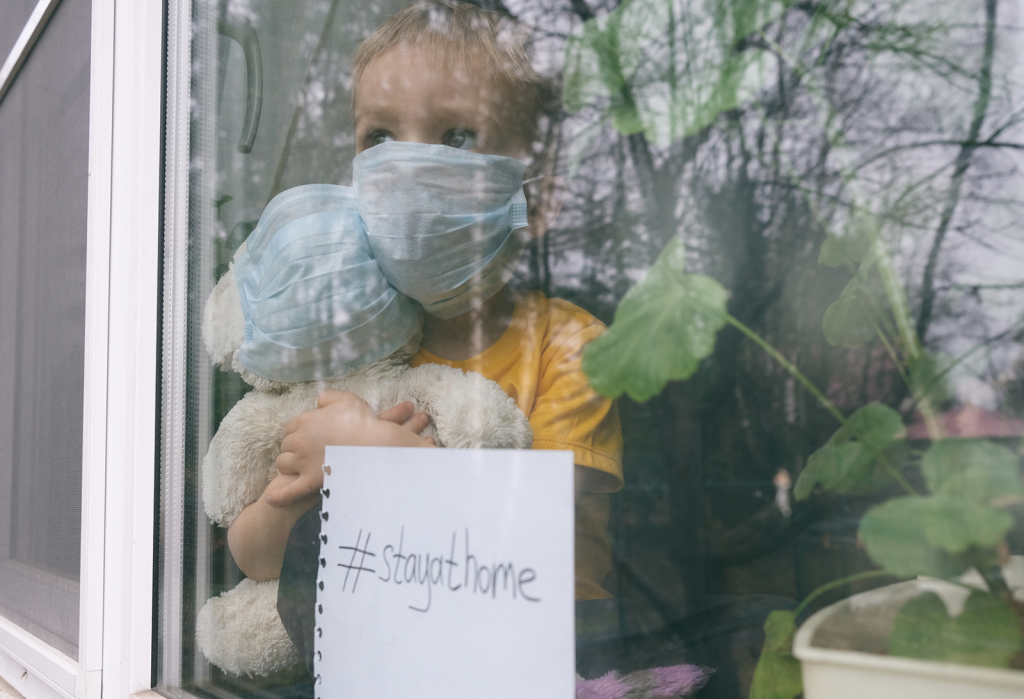Future of society
Making technology an ally in mental health care

Well employed, technology can become a key ally in protecting mental health. We interviewed Álvaro Fernández Ibáñez about his potential
Due to the isolation and social changes following COVID-19, mental health has become a concern to citizens according to the CIS. So much so that it has pervaded the political debate and is often discussed much more openly than before. What role does technology play in mental health care? How can it improve it?
Álvaro Fernández Ibáñez, CEO of SharpBrains—a market research company that tracks health and performance applications of brain science—answers some questions about how technology can care for mental health. His books How to Invest in Your Brain (2014) and The Brain That Heals (2019) have helped to understand this duo.
How does technology impact mental health?
Interest in using technology for mental health dates back to the mid twentieth century. “Studies began back in the 1960s, given the growing concern about addiction in children (especially) and adults,” clarifies Álvaro Fernández Ibáñez about the beginning of this discipline.
Sesame Street, the well-known American show, is a project that developed to “master the addictive qualities of television and do something good with them“, in the words of its producers. As Fernández Ibáñez points out, these programs appeared to “channel technology in a way that is beneficial to cognitive and mental health,” which indicates that this interest is not temporary.
But it is new in other areas. For obvious reasons, the study of the Internet and social networks is much more recent than that of television, and is usually divided into two major trends:
● on the one hand, “understanding and preventing harmful effects” as may be the case with Facebook or Instagram;
● on the other, “promoting beneficial effects” of platforms that help detect anxiety problems, depression, or “meditation and cognitive behavioral therapy apps”, among others.
Technology to care for mental health during the pandemic
The social isolation of lockdowns during the early stages of the pandemic led to a significant deterioration in mental health, especially that of children. However, technology proved to be an interesting ally in breaking some of that isolation. The presence of technology, says Álvaro Fernández Ibáñez, “helped, although it didn’t remedy everything“.
There are several examples of how technology-enabled communications and partly broke the loneliness. Tools such as Zoom and videoconferencing have made it possible “to keep in touch with family, friends, schools, workplaces”. Technology has connected us and video calls—not widely used until then—boomed in the circumstances.

In addition, ICT has enabled “scientists around the world to collaborate and develop effective vaccines in record time”, and people to keep abreast with current global events in real-time, or to shop online. The significant scientific advances in vaccination and disseminating scientific news broadly have been two milestones of this complex historical moment.
Technology also helped to raise questions about a healthier future. To begin with, it made it possible to analyze mental health in the first instance by means of metrics and processes in which technology plays a fundamental role. In addition, it makes it possible to rule out habits that deteriorate mental health. And finally, it facilitates technology that enhances mental well-being by design.
Making better decisions about brain health
Research and education play a key role in brain health. Álvaro Fernández Ibáñez stresses the significance of “education about the brain and mind to make better decisions about brain health,” because most technology tools are just that, tools. How beneficial they are will depend on how they are used.
In this sense, it is advisable to “foster positive innovation ecosystems“, i.e., “promote applications based on solid scientific evidence” or “implement funding systems that reward practices with proven positive results”.
In short, the idea is to promote positive impact technology while discouraging negative impact technology, all based on scientific evidence and leaving aside biases or false beliefs. This is not always easy. This way of making decisions about the good use of technology requires resources and a good work methodology, in addition to an iterative analysis that reviews uses as they appear.
Technology that helps us to have better habits
At this point, it is obvious that developing technology that supports mental health or enhances emotional well-being is well worth it. But what are they? Álvaro Fernández Ibáñez summarizes them as technologies that “favor beneficial behaviors and lifestyles”. In other words, they promote habits that are good for us.
These include technologies that promote better nutrition, environments that encourage physical exercise, systems that foster intellectual curiosity or encourage lifelong learning, while at the same time helping to manage stress or discouraging negative habits such as sedentary lifestyles or isolation.
Designing technology to promote positive habits is not easy. However, far from being an illusion or utopia, Álvaro Fernández Ibáñez points out that “the opportunities (and challenges) that we have been discussing are already being applied in all fields”, although their presence often goes unnoticed.
Broadly speaking, there are two ways of integrating this way of doing technology:
● Explicitly, as is the case in the healthcare sector, where “we already see a large increase in applications along the full continuum of care” ranging from “prevention of cognitive and mental health problems to detection, diagnosis and treatment.”
● Implicitly, at a more subtle level, such as “systems to detect if a car driver is drifting out of lane” or if “a machine operator is about to fall asleep.” Of course, this preventive technology also has triggers such as lane return or the dead man’s switch.
Responsible use of technology
Often, technology perceived as good or bad is the same technology, but used in two different ways. At SharpBrains they have been “analyzing and promoting science and industry” for more than a decade and pushing technology in the direction of pervasive neurotechnology, or non-invasive neurotechnology. The technology that betters society.
Technology can not only help us grow out of unhealthy habits, it is also possible to expand human mental capacities. Álvaro Fernández Ibáñez points out about this that it can and should be done, although it will be necessary to analyze “the how and when” of these uses: they must be ethically sound and ensure that results are beneficial to society.
One of the keys to using technology in mental health care is to carry out periodic analyses to evaluate its impact, so that it is possible to enhance what works and discard what does not.






